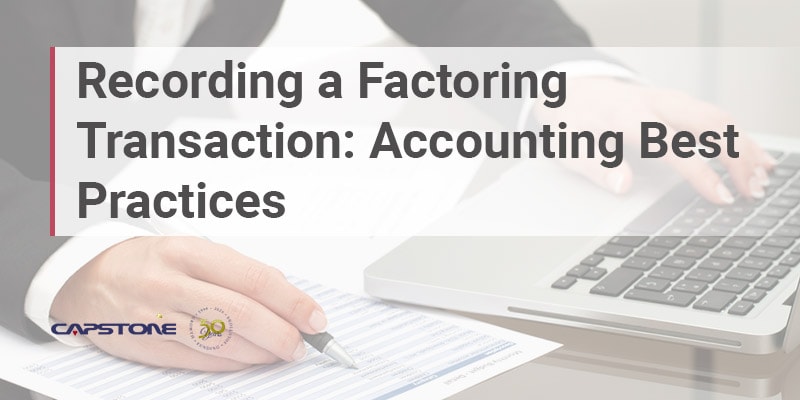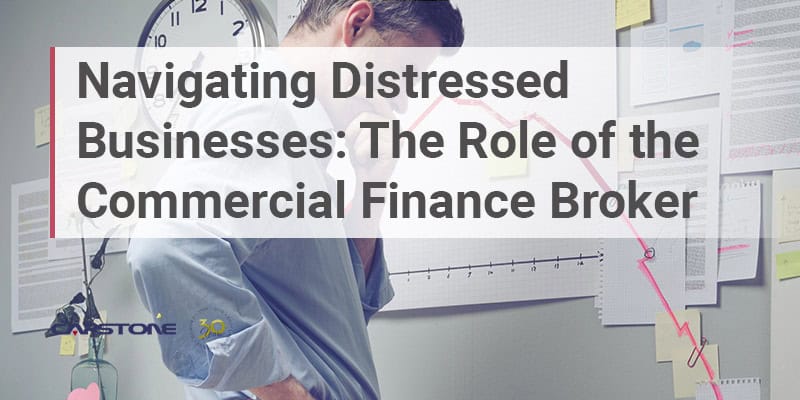Many small businesses rely on invoice factoring to accelerate cash flow to make payroll, pay operating expenses, purchase materials and inventory to fill orders, and fuel business growth.
With invoice factoring, you don’t need to wait 60+ days to be paid. You can sell your invoices at a discount – a single invoice or all invoices on a continuing basis, and receive cash immediately. It is a fast and flexible way for businesses to generate cash. Invoice factoring is not a loan. However, many businesses that do not qualify for a loan from a bank will qualify for invoice factoring because approval is primarily based on your customer’s credit, not the credit profile of your business.
It’s important for business owners to understand how to account for invoices that are submitted for factoring. The proper recording of invoice factoring transactions keeps cash flowing smoothly with a minimum of interaction required between your bookkeeper/accountant and the factor you work with. It also avoids bookkeeping issues that can delay closing your books and deprive you of the financial statements you need on a timely basis to guide decision-making.
How to Record an Invoice Factoring Transaction
Imagine your small business needs $60,000 to cover payroll, but you lack the working capital. Instead of seeking a traditional bank loan, you examine your accounts receivable and determine you have a $100,000 outstanding invoice.
You decide to sell this invoice to your factoring company on a non-recourse basis. With non-recourse, the factor bears all the credit risk due to non-payment. With recourse factoring, the company selling its invoice has liability to the factor company in the event the invoice is uncollectable.
The factoring company will buy the invoice and give you an 80% advance, and charge a 3% factor fee every 30 days.
You proceed with factoring the invoice and receive an immediate advance of $80,000 upfront and pay your payroll. The factoring company collects $100,000 from your customer 60 days later.
After the factor collects payment from your customer, the factor pays itself back the $80,000 advance, and remits the amount held as security, less a factor fee of $6,000, to you in the amount of $14,000.
When your business sells its accounts receivable, it must make specific accounting entries. A simple way to visualize the flow is with journal entries as demonstrated in the following example.
Recap of assumptions:
- Non-recourse transaction
- $100,000 invoice
- 80% advance = $80,000 ($100,000 * 80%)
- 20% reserve as security = $20,000 ($100,000 * 80%)
- 3% factor fee every 30 days = $6,000 ($100,000 * 6%)
- Company’s customer pays 60 days from date the invoice was factored
The journal entry for factoring the invoice is as follows:




